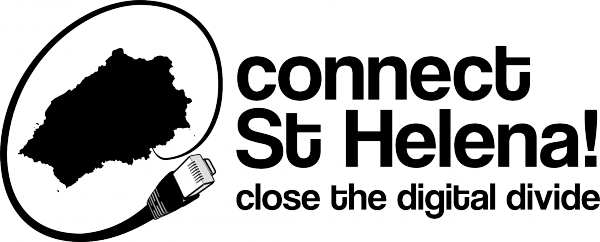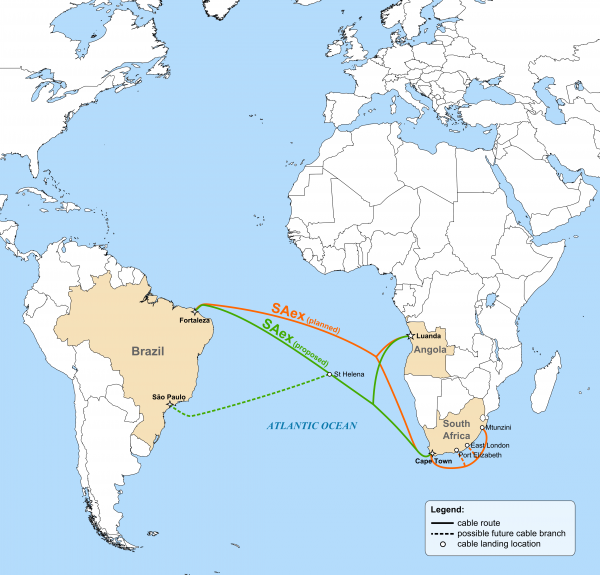Connect St Helena
In terms of world history, not a lot happens on remote Saint Helena. According to Wikipedia, St Helena “is one of the most isolated places in the world, located in the South Atlantic Ocean more than 2,000 kilometres (1,200 mi) from the nearest major landmass. The nearest port on the continent is Namibe in Southern Angola, the nearest international airport the Quatro de Fevereiro Airport of Angola’s capital Luanda.”
It has a population of 4,255 (2008 census) and a total area of 122 km2 (47 sq mi). Its chief role in history seems to have been as a place of exile for those Great Britain thought undesirable, ranging from Napoleon Bonaparte to 5,000 Boer War prisoners.
There’s one more interesting fact about St Helena: it has dreadful internet access. According to the Connect St Helena campaign website, the island’s current internet connection to the internet consists of a single 7.6 m diameter satellite dish installed in 1989; this provides the island’s only internet and international telephone connection. It uses a C band transponder on Intelsat 707 for a link to the UK with 10 MBit/s downstream and 3.6 MBit/s upstream through which all data and voice traffic is being routed. This satellite was launched in March 1996 and had a predicted lifetime of 11 years, which is already exceeded by five years now. The connection has a a total bandwidth of 10 MBit/s downstream, which is partly reserved for certain customers while the remaining capacity is shared by all other customers on the island resulting in very low effective bandwidth, often in the two-digit kbit/s range, roughly matching analogue modem speeds used in the late 1990s. Thus many internet applications like YouTube or Skype are hardly or not usable and the internet service on the island cannot be considered as “broadband” by any current definition.

Not only is St Helena’s internet access slow by modern standards, it also prohibitively expensive. The most expensive access package costs £119.99 per month for a download speed of 384 KBit/s and 128 KBit/s upload. This package is capped to 3,300 MB/month data, with any excess charged at 9p/MB. By contrast the cheapest package costs £19.99/month for speeds of 128/64 KBit/s respectively and a 300 MB data transfer cap; exceeding the cap incurs a charge of 12p/MB (not very good is it? Ed.).
However, there is currently a once-in-a-liftime opportunity to change this. Plans exist for a super-fast transatlantic submarine optic fibre cable called South Atlantic Express (SAEx) between Brazil, Angola and South Africa. If this cable also made landfall at St Helena, the islanders could finally join the information society, which would improve standards of education and healthcare, as well as offering new economic prospects, as shown on the map below.

To enable the island to be connected to SAEx would require the British Government to stump up the cash. At Bristol Wireless we believe they should since we have always believed that access to information and knowledge via the internet is not a privilege, but a right. This is echoed in the closing paragraph of the Connect St Helena campaign website:
Please support us in bringing broadband internet to St Helena and improve life on this picturesque island. Being separated by a distance of 2,000 km from the next hospital, library and university, reliable broadband internet access would mitigate many problems resulting from St Helena’s isolation. There is probably no other place in the world that could profit so much from the merits of broadband telecommunications than St Helena.
Hat tip: Stefan Goodchild
This post first appeared on the Bristol Wireless website.